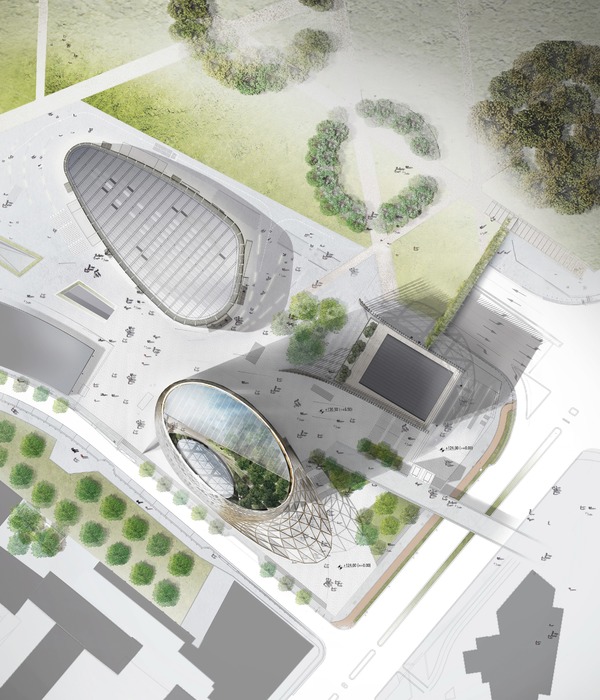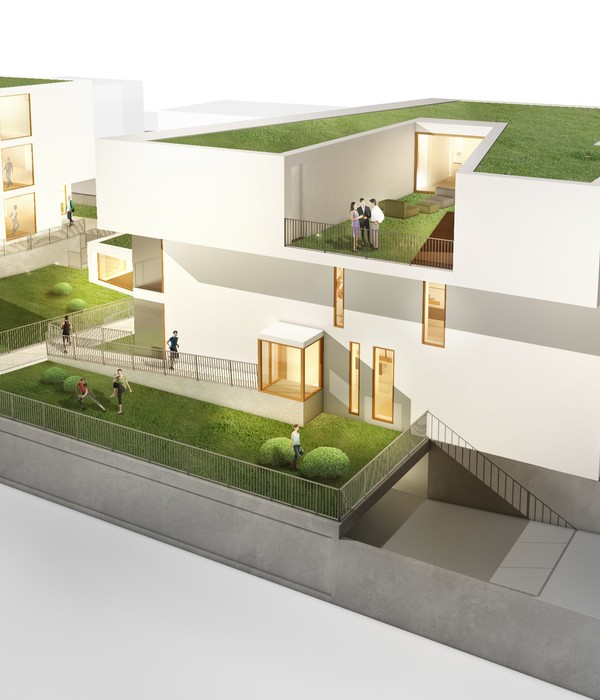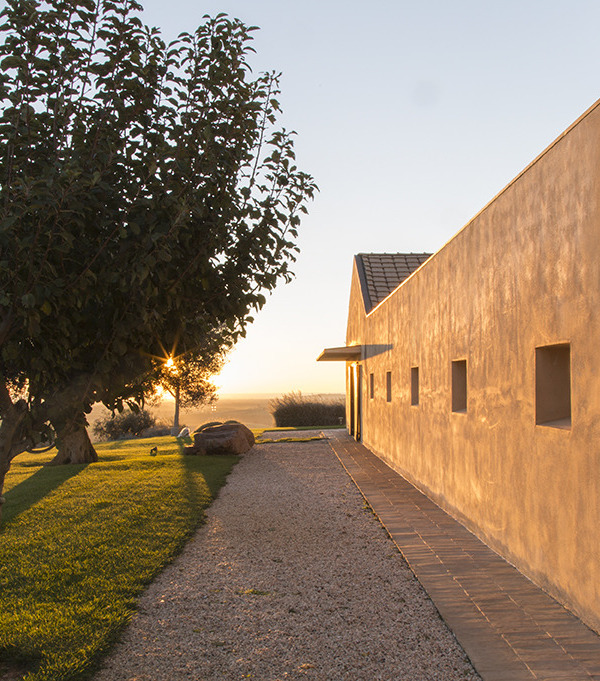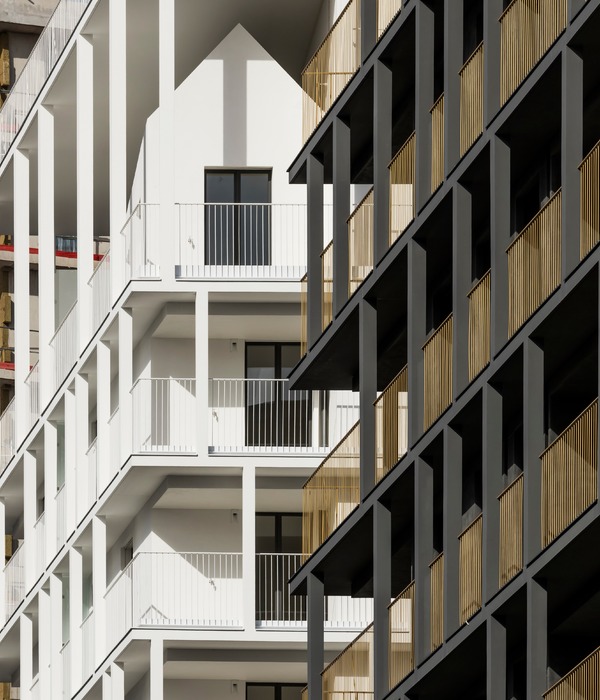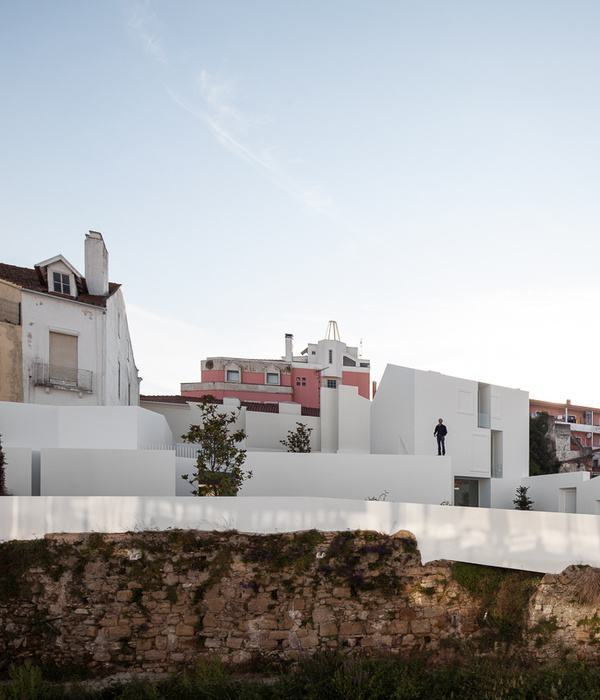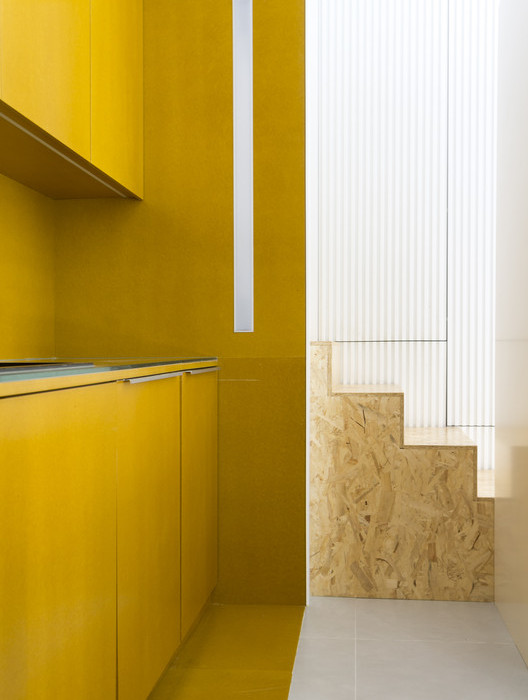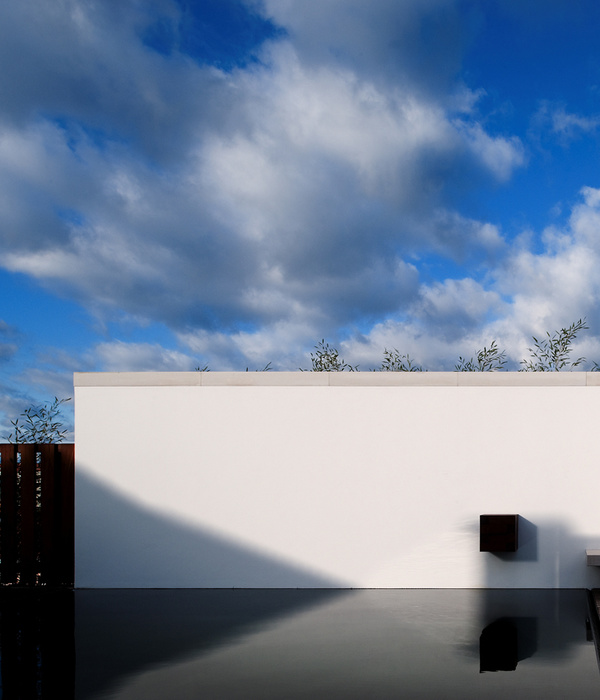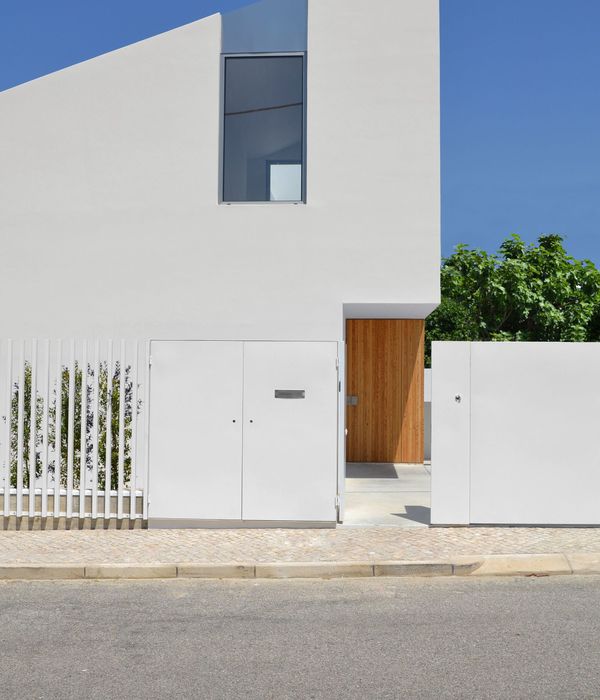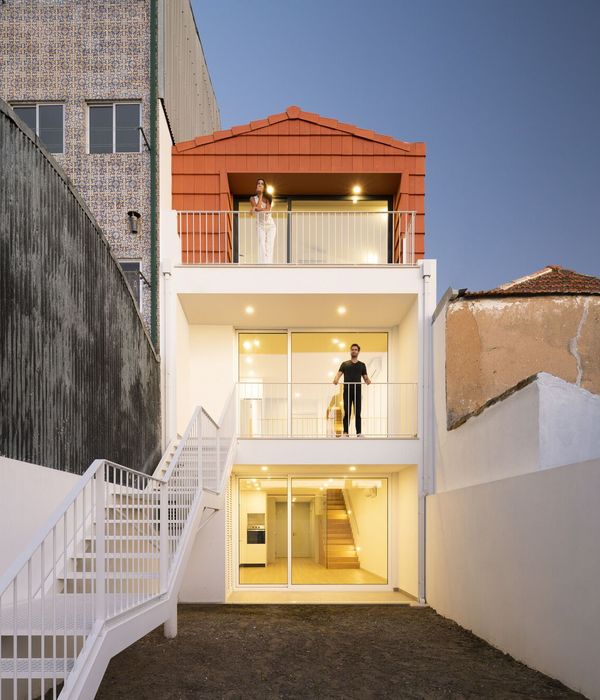The local monastery in Muri is the community’s definitive characteristic, from where the roads, paths and building structures radiate into the landscape. Like the existing 19th-century houses and the auxiliary buildings around the monastery, the houses along Williweg are conceived as “houses with gardens”. Their mutual proximity creates the impression of an overall body along the street that recalls the volumetrics of the elongated monastery and strengthens the orientation of the street leading to the monastery.
The buildings’ placement is staggered, creating narrow interstices that allow views into the gardens. Unlike the strict street façade, the three-storey apartment buildings have a permeable arbour layer on the garden side. Two-storey garden houses complement the housing offer and form a transition to the adjoining neighbourhood of single-family homes. Apart from one three-storey building, all have two levels. This enables natural lighting for the apartments on three sides and aspects towards both the garden and the arrival courtyards along Williweg.
The less private residential functions such as the kitchen, dining room and living room have a diagonal arrangement in the buildings situated directly along the street. The living-room figures in the houses that recede away from the street have a more linear arrangement.
In accordance with the project’s urban planning approach as stately homes that line the street, different façades are used at the transition to the garden and the access side. They use a dark green, wooden mantle and urban elegance in seeking a proximity to the garden.
{{item.text_origin}}

